
Jonathan Lambert was a staff writer covering biological sciences at Science News from 2019 to 2021. He earned a master’s degree from Cornell University studying how a bizarre day-long mating ritual helped accelerate speciation in a group of Hawaiian crickets. A summer at the Dallas Morning News as a AAAS Mass Media fellow sparked a pivot from biologist to science journalist. He previously wrote for Quanta Magazine, NPR, and Nature News.

Trustworthy journalism comes at a price.
Scientists and journalists share a core belief in questioning, observing and verifying to reach the truth. Science News reports on crucial research and discovery across science disciplines. We need your financial support to make it happen – every contribution makes a difference.
All Stories by Jonathan Lambert
-
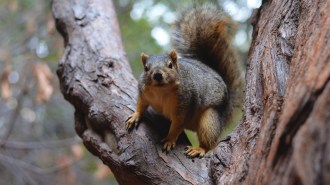 Animals
AnimalsSquirrels use parkour tricks when leaping from branch to branch
Squirrels navigate through trees by making rapid calculations to balance trade-offs between branch flexibility and the distance between tree limbs.
-
 Health & Medicine
Health & MedicineNew delta variant studies show the pandemic is far from over
The coronavirus’s delta variant is different from earlier strains of the virus in worrying ways, health officials are discovering.
-
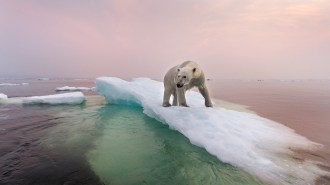 Life
Life‘Wild Souls’ explores what we owe animals in a human-dominated world
The new book Wild Souls explores the ethical dilemmas of saving Earth’s endangered animals.
-
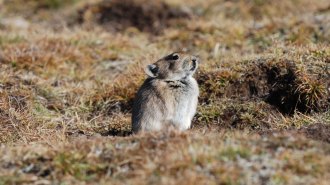 Life
LifePikas survive winter using a slower metabolism and, at times, yak poop
Pikas endure bone-chilling temperatures on the Qinghai-Tibetan Plateau by reducing their metabolism, and when possible, eating yak poop.
-
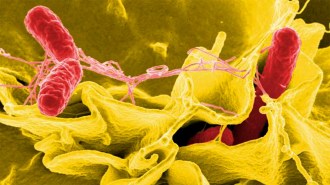 Health & Medicine
Health & MedicineHuman cells make a soaplike substance that busts up bacteria
Nonimmune cells can fight off pathogens by releasing a detergent-like molecule that dissolves bacterial membranes.
-
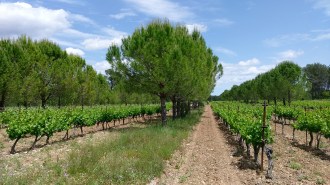 Earth
EarthMixing trees and crops can help both farmers and the climate
Agriculture is a major driver of climate change and biodiversity loss. But integrating trees into farming practices can boost food production, store carbon and save species.
-
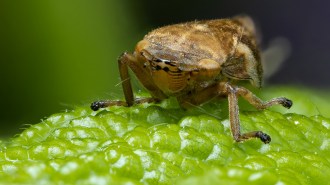 Animals
AnimalsFroghoppers are the super-suckers of the animal world
To feed on plant xylem sap, a nutrient-poor liquid locked away under negative pressure, froghoppers have to suck harder than any known creature.
-
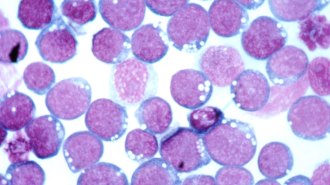 Health & Medicine
Health & Medicine50 years ago, scientists found a virus lurking in human cancer cells
In 1971, scientists were building a case for viruses as a cause of cancer. Fifty years later, cancer-preventing vaccines are now a reality.
-
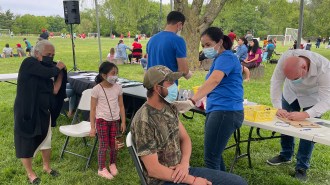 Health & Medicine
Health & MedicineHow one medical team is bringing COVID-19 vaccines to hard-to-reach Hispanic communities
Unidos Contra COVID’s Spanish-speaking volunteers go to where Philadelphia’s Hispanic people gather, giving shots and addressing concerns one-on-one.
-
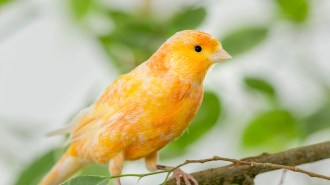 Animals
AnimalsThe mere sight of illness may kick-start a canary’s immune system
Healthy canaries ramp up their immune systems when exposed to visibly sick birds, without actually being infected themselves.
-
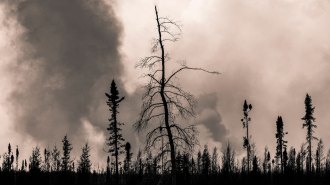 Climate
Climate‘Zombie’ forest fires may become more common with climate change
Wildfires that survive winter underground can flare up after warm summers and account for more than one-third of the scorched ground in some regions.
-
 Health & Medicine
Health & MedicineAs the COVID-19 pandemic evolves, we answer 7 lingering vaccine questions
As U.S. vaccination efforts shift to get shots to the hard-to-reach, we take a look at some big questions about vaccines that still remain.